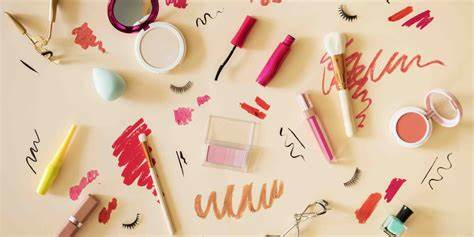Independent beauty brands in recent times have figured out what has eluded resource-rich conglomerates for years: how to not only sell to consumers, but also serve them with unique products and experiences while building communities online and off.
Founder owned-and-operated brands have long been a presence in the industry. But the 2010s ushered in a golden age for independent labels. Spurred by the direct-to-consumer boom and the emergence of e-commerce platforms like Shopify, it was easy for these start-ups to open their online storefronts, while eliminating the need to pitch to wholesale partners.
The rise of social media also helped. For one thing, social media advertising was relatively cheap, allowing unknown brands to quickly acquire customers. For another, social media became a place for brands to connect with consumers directly, creating online “communities” of loyal customers who follow and engage with the brand, sharing its virtues with their own followers. On Instagram, in particular, founders could become immediately recognisable as their brand’s public face, and discuss the efficacy of their products and the worthiness of their missions.
Industry incumbents were quick to recognise the threat. Brands owned by Estée Lauder Companies, L’Oréal, Procter & Gamble, Puig and Coty had name recognition, but struggled to resonate with consumers, particularly the younger ones. Attempts to launch their own indie-inspired brands mostly flopped. So they embraced a time-honoured approach: if you can’t beat them, buy them. Most, if not all, of these big brands have acquired at least one independent beauty brand in recent years.

